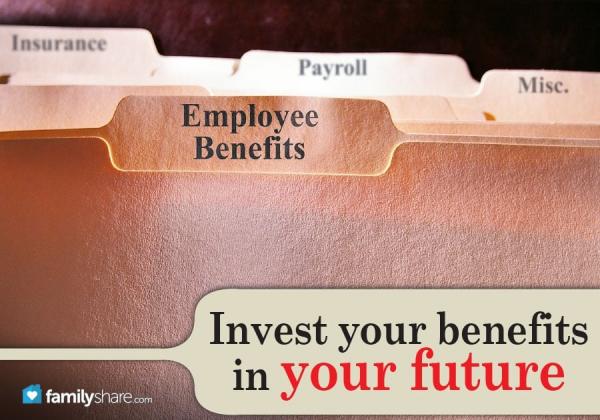
Almost all employers offer a 401k or similar plan. Many employers allow you to be eligible for the 401k from the first day and some will enroll you automatically. If you find yourself looking back at five different employers over the years, there may be five different 401k accounts sitting out there. Let's get this organized!
Once you leave an employer, the company can force you out of the 401k by sending you a check, but they can't force you to stay in the plan. Staying is no problem except that you create this trail behind you with one plan after another, each with relatively small balances. A 401k may not be a great place to leave your money as the fees are typically higher than they would be in an IRA.
Follow this plan to get yourself organized.
Make a list of your past employers
The IRS designs 401ks to limit eligibility at a minimum of 21 years of age, so you don't need to start your list with your high school jobs. Any place you've worked since your 21st birthday should be on the list.
Call human resources
For each company on the list, call human resources and ask if they can help you determine if there is a 401k balance being held on your behalf. The company may have sent you a check for your balance, and you forgot. It is worth checking to confirm that there isn't money out there for you.
Gather the statements
Your employer should direct you to the company that manages the 401k. The company can change from time to time so it may not be the same financial firm that handled it when you were employed. Using your social security number and birthdate, you can get the firm to provide you with a statement showing how much you have in the account. Gather all of the statements from all of your old 401ks. If you have contributed regularly over 15 years, you may find that the sum of all your accounts now equals a couple of years of your current income, depending upon how you invested the money.
Open an IRA
If you already have an IRA, you can skip this step. You will want to open an account with a stock brokerage. Unless you have lots and lots of money, I recommend a discount brokerage like Charles Schwab, Fidelity Investments or TD Ameritrade. Choosing one may be as easy as determining which one has the closest office, or you can do it online.
Transfer the 401ks
Now that your new IRA is open, you'll want to transfer all of the 401k assets to your IRA. Your broker can handle most of the work if you fill out a form - in person or online - providing them with the account details from the collected 401k statements.
Invest wisely
Inside the 401k, the company may have restricted your investments rather narrowly, forcing you to invest with no more than moderate risk in mutual funds. In your brokerage account, you'll have the full gamut of options, but you'll want to remain fairly conservative, investing in five to seven different no-load, commission-free mutual funds with different strategies. Some should be stock funds and others should be bond funds. When you're young, most should be stock funds; as you get older, more investments should go into bonds.
By following this strategy, you get the big benefit of having control of your savings and investments. You'd hate to forget about one of those old accounts and miss out on what that value can cover during retirement. If you're wise and thoughtful, you should be able to reduce the fees you're paying, thereby increasing your potential returns. Best of all, you can sleep at night knowing where all of your money is sleeping.

